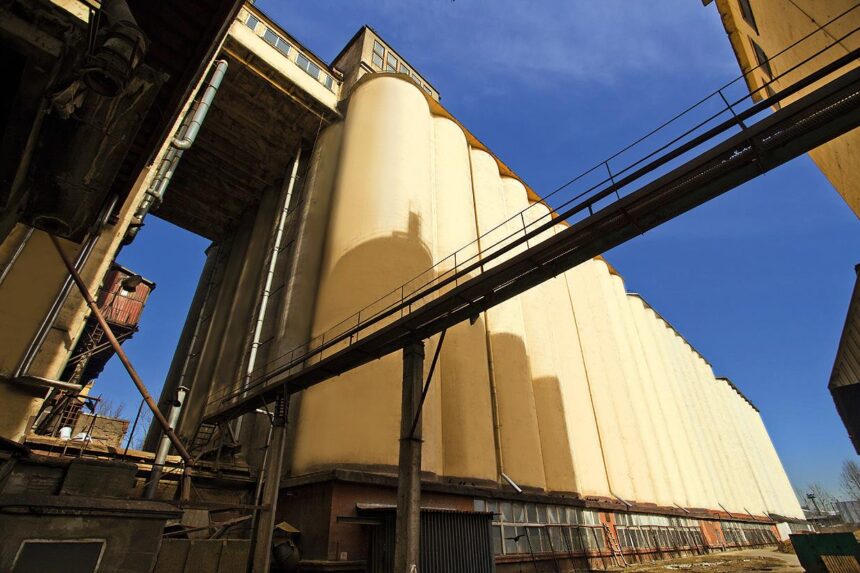Tanzania’s Cereals and Other Products Board (CPB) is set to spend US$8.7 million to finance the construction of 3 flour manufacturing plants.
The first processing unit will be set up in the city of Mwanza and is set to accommodate a daily production of 125 tons of flour mixtures made from maize and cassava.
The second, planned to be installed in the town of Mzizma, is expected to have a processing capacity of 100 tons of maize flour per day, and the third, to be located in Kyela district, will have a milling capacity of 96 tons of paddy rice per day.
The funds should also enable the CPB to install new warehouses and silos to increase its grain storage capacity to 600,000 tonnes, compared to the current 120,000 tonnes.
Tanzania is the leading producer of maize and rice in East Africa, and cereals are crucial to human nutrition in the country.
Tanzania’s MY2022/23 corn production is forecast to decrease by approximately 16 per cent to 5.9 million metric tons (MMT) due to drought conditions, fall armyworm infestations, and high fertilizer prices.
Rice and wheat imports will continue to rise in MY2022/23 to 1.23 MMT and 250,000 metric tons (MT) to offset domestic production declines and satisfy rising food demand.
The government spends US$ 557.4 million annually to import wheat, sugar, maize seeds and crude oil due to lacklustre domestic production of the vital cash crops.
Recently, however, the government of Tanzania earmarked a total of 400,000 hectares of land for wheat cultivation, a move aimed at ending the crop shortage in the country.
Faced with the rise in the consumption of by-products, investments are well underway in the processing segment. This approach should enable the public body to reduce post-harvest losses affecting 30% of the rice harvest.


